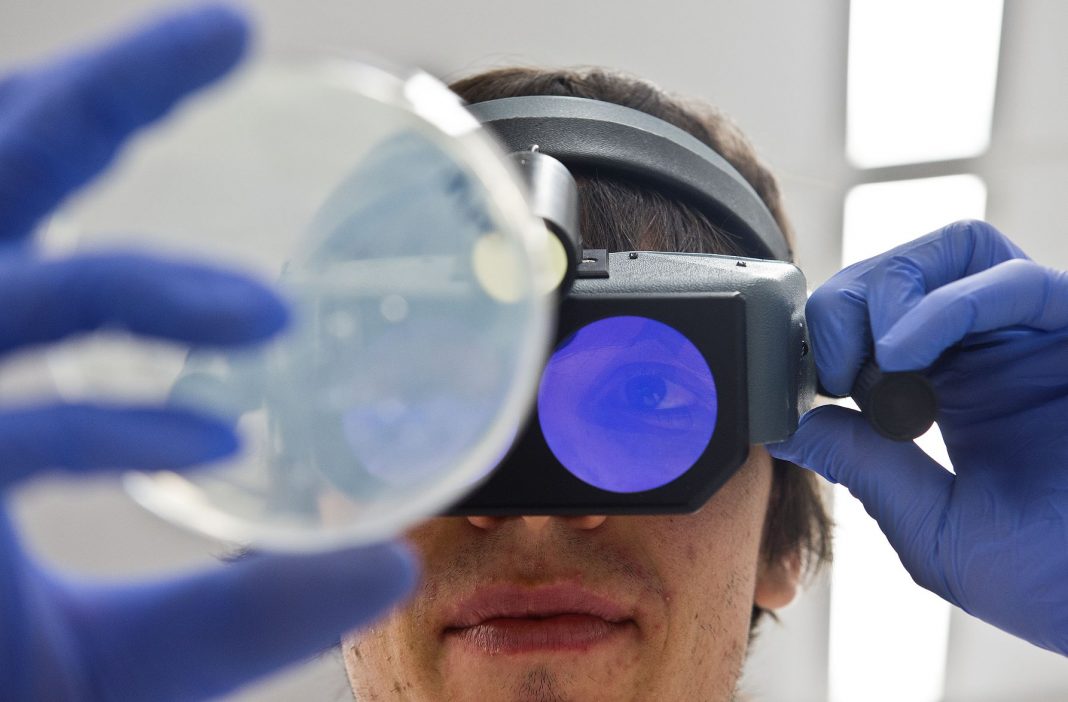Australian researchers have created a gel they say could be injected into a patient’s brain to treat Parkinson’s disease and possibly other neurological conditions.
Researchers from the Australian National University, in collaboration with the Florey Institute of Neuroscience and Mental Health, hope to start clinical trials within five years of a ‘hydrogel’ made up of amino acids.
When shaken, the gel transforms into a liquid, making it easier to be inserted into the brain through a small capillary. The gel then reverts to its solid form, filling up irregularly shaped voids and helping to safely transport replacement stem cells to injured parts of the brain.
“The real game-changer here is it’s sort of a one-off intervention,” ANU Professor David Nisbet said.
“Foreseeably, a patient would come to the hospital presenting with Parkinson’s disease and they would just need this sort of one intervention to potentially alleviate many of their symptoms for years to come,” he said.
The gel has been tested so far only on animals and has been effective in combating movement disorders of Parkinson’s disease in rats.
Nisbet added the hydrogel was also relatively cheap to produce and could be scaled up to mass production relatively easily once the materials were approved for clinical use.
Parkinson’s is a brain disorder that causes shaking and difficulty with walking, balance and coordination, and worsens over time.
Around 100,000 Australians are estimated to be living with Parkinson’s disease, and there is no cure for the disease.
The gel could also be used to help people who have suffered from other neurological conditions such as strokes.
AAP
Read more:



